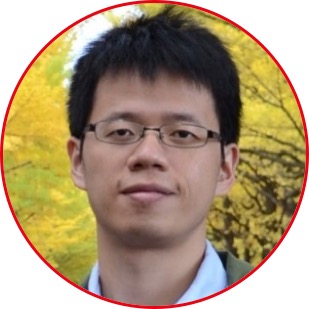
Center for Condensed Matter Sciences, National Taiwan University, Taipei, Taiwan.
Controlling the Oxidation State of Cu Electrode and Reaction Intermediates for Electrochemical CO2 Reduction to Ethylene
Electrochemical CO2 reduction has been considered as a potential route to convert harmful CO2 to valuable hydrocarbons for sustainable carbon cycles. Cu catalyst has been recognized as one and the only catalyst which produced hydrocarbons as primary products;1 however, the poor selectivity obstructs the applications. According to DFT calculations, surface CO is the most common and important intermediate during CO2 reduction reaction,2 but further reaction mechanisms are still unclear, e.g. protonation and dimerization of CO. Cu(I) oxide was correlated to the formation of C2 products during reactions,3 yet there is lack of solid intermediate evidence to distinguish different reaction routes.
In this talk, we used in situ surface-enhanced infrared absorption spectroscopy, in situ X-ray absorption spectroscopy (Cu L-edge) and on-line GC to study the electrochemical CO2 reduction mechanism occurred in different copper catalysts. We observed various CO intermediates such as COatop and CObridge, on copper surface during electrochemical CO2 reduction and the formation of COatop/CObridge can be correlated to the existence of surface Cu(I) and Cu(0) sites, respectively. Our results suggested that the existence of COatop can result in the formation of methane during further reduction. In addition, ethylene can be produced in the presence of COatop and CObridge. Our results both prove theoretical predictions4 and meet the gap to illustrate the detail reaction mechanisms from CO2 to hydrocarbons. We next propose a method to create Cu(I) sites efficiently on copper catalysts.
References
- Y. Hori, K. Kikuchi, S. Suzuki, Chem. Lett. 1985, 1695.
- T. Cheng, H. Xiao, W. A. Goddard, J. Am. Chem. Soc. 2016, 138, 13802.
- H. Mistry, A. S. Varela, C. S. Bonifacio, I. Zegkinoglou, I. Sinev, Y. W. Choi, K. Kisslinger, E. A. Stach, J. C. Yang, P. Strasser, B. R. Cuenya, Nat. Commun. 2016, 7, 12123.
- H. Xiao, W. A. Goddard, T. Cheng, Y. Liu, Proc. Natl. Acad. Sci. USA 2017, 28, 201702405-6688.


























